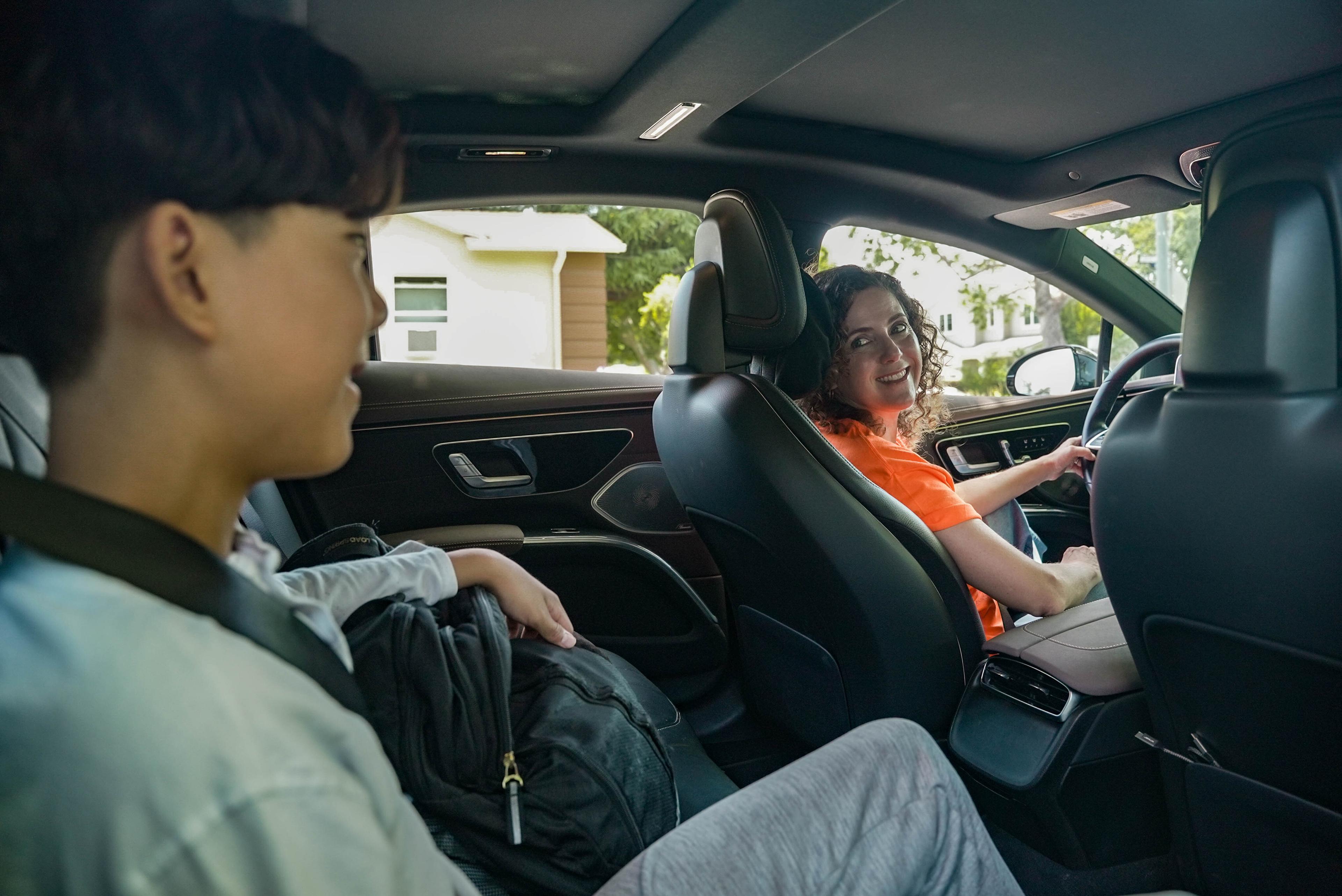Pushing the Pace of Progress, Part 1
The Colorado Sun recently published an important article highlighting the gap between noble intentions and real world outcomes when it comes to foster youth transportation.
Because they so often move from home to home, foster youth struggle with stability in all aspects of life, including education. Frequent school changes disrupt learning continuity and social connections, further disadvantaging foster children.
To mitigate this, the foster provisions within the 2015 Every Student Succeeds Act (ESSA) required states and local education agencies (LEAs) to create plans to ensure that foster students are provided transportation to their “school of origin” when it’s determined to be in their best interest.
As part of its own ESSA accountability plan, Colorado passed a law funding foster transportation up to $2.75 million for the 2018-2019 school year, leading the charge as the first state to do so and reinforcing its reputation as one of the most progressive states in the nation when it comes to student transportation.
The Colorado Sun reports that halfway through the year, only 2% of the allocated amount has been billed to the state, and only 2 of 64 counties have submitted reimbursements that demonstrate an understanding of the funding mechanism.
The article suggests that this is evidence that ESSA implementation is lagging at the county and district level, and that there are still many foster kids in Colorado pin-balling from school to school despite the fact that funds and services exist to let them settle in, learn, and thrive.
But there may be more to this story.
Other possible explanations for these attention-getting metrics could include a concentration of foster students in just several counties, infrequent but otherwise normal reimbursement cycles, or the expansion of bus routes or other modes to accommodate and transport more foster students. Certainly, if the complexity of Colorado’s funding mechanism is frustrating counties and districts and keeping foster services out of play for kids, that’s a problem that should be urgently addressed.
We’ll dig deeper, and follow up soon with a second installment to this post to tell you what we’ve found. Please watch this space.
In the meantime, you can find your own state’s plan for ESSA accountability here.
Senior Director of Public Private Partnerships, HopSkipDrive


